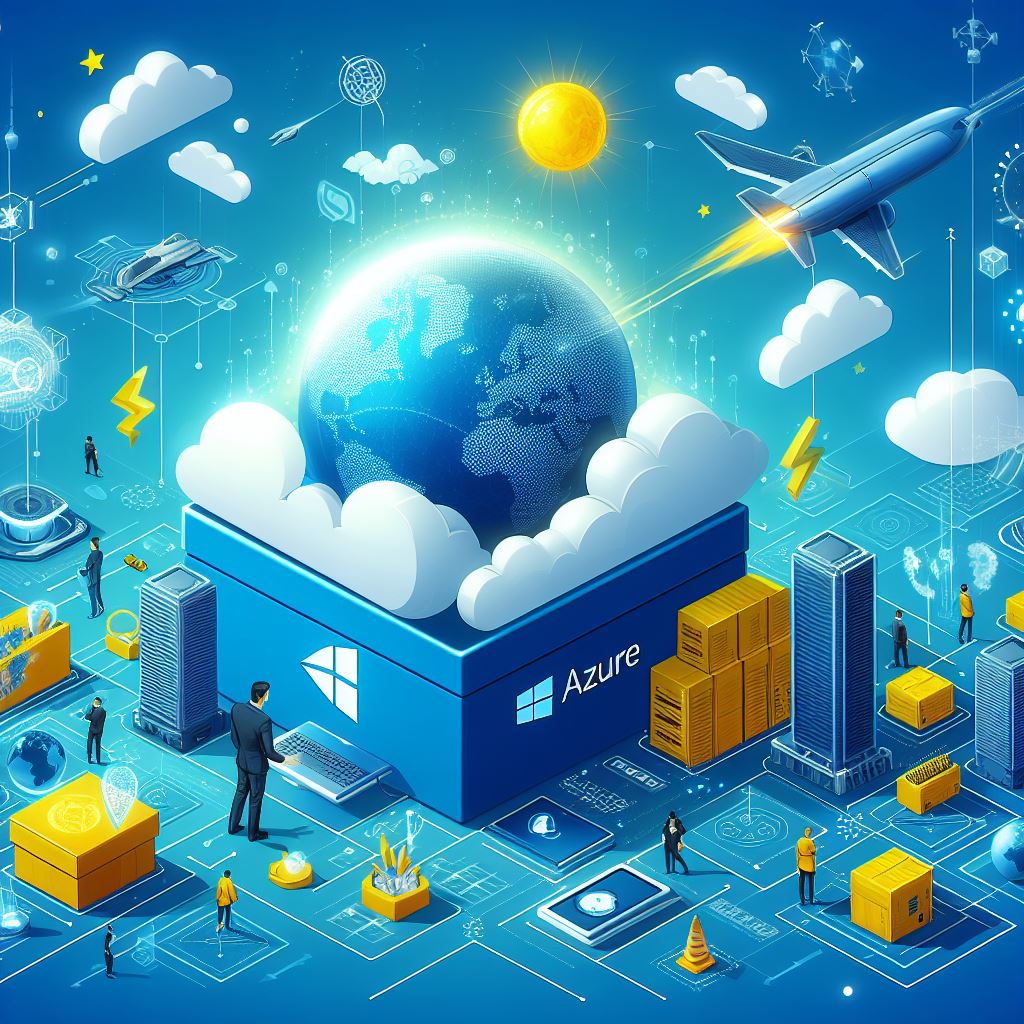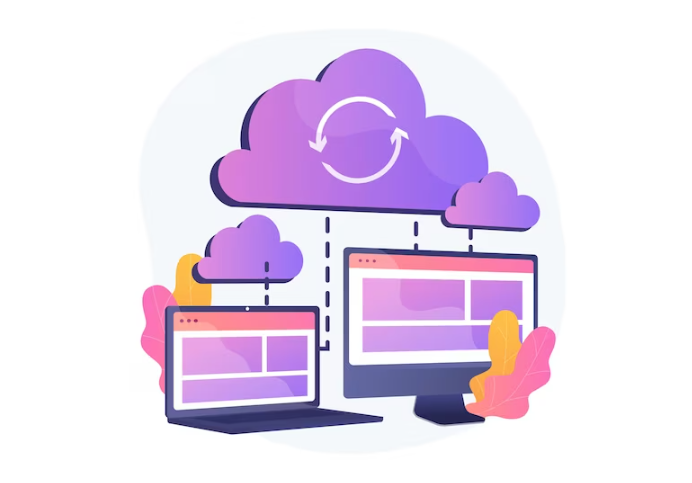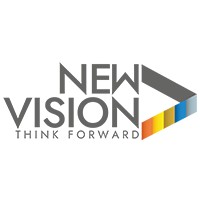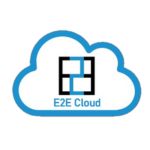Technology is transforming industries, businesses, societies and people at an unprecedented pace and scale. The global Covid-19 pandemic has only accelerated this technology-led digital disruption even further. This has created more convenient and engaging touchpoints between businesses and their customers and consumers.
Consumers today go online from ordering food, consuming entertainment on-demand over digital subscription platforms and e-consulting their doctors, to shopping and buying anything and everything – unrestricted in their choices and getting a more personalized and customized experience. Enterprises are conducting remote operations across many industries, requiring seamless access and provisioning of resources. Examples include, an industrial operator carrying out remote plant maintenance via control panels on a mobile device or agile software teams collaborating via virtual desktops. All these innovations necessitate rapid change in behaviours and expectations of customers and present new market opportunities.
As barriers to entry disappear, non-traditional players emerge as challengers (Neo Banks, Challenger Energy brands1) to many traditional businesses, which face extraordinary pressure to meet increasing customer needs and competition with tighter time and budget constraints. Enterprises must not only exhibit resilience to systemic or unpredictable shocks and quickly adapt to real-time market demands, but also maximize opportunities presented in the digital economy by looking beyond traditional boundaries and innovate to create new, differentiated products and services.
In the Business 4.0TMera, many organizations have embarked upon a transformation journey by establishing digital foundations in the cloud. With cloud as the unifying fabric enterprises are set to pursue economic opportunities that come from leveraging ecosystems, personalizing experiences at scale, embracing systemic risk and creating exponential customer value. Organizations that are driven by a strong purpose, build resilience into their fabric to adapt to a changing business environment and ultimately will be better able to navigate and succeed against waves of constant disruption.
For example, Damen Shipyards2 repositioned itself as a maritime solutions provider rather than just a traditional shipbuilder. Thomson Reuters3 recast itself from being a product-led information services company to a purpose-led, trust-based ‘answer’ company. Energy company Total, no longer just produces and sells fuel, but wants to become a responsible major energy providing power that is affordable, reliable and clean.
Building a Digital Core by Leveraging Technology Around Hyperscaler Platforms
Building a ‘Digital Core’ lays the foundation for transformation by using the combinatorial capabilities of digital technologies such as AI, IoT, agile, and automation – with cloud as the unifying fabric. Organizations focus on digitally connecting their assets, adopting robust data-driven processes, and having the right collaboration platforms for their employees and partners. Cloud makes this possible by enabling modernization of infrastructure, applications, and data, and ensuring secure, fail-safe services. In turn, organizations gain operational efficiencies, become more resilient and optimize their cost structures to incubate innovation.
Hyperscalers provide ubiquitous global connectivity across public, hybrid and multi-cloud implementations. The wide availability of computing and data processing infrastructure offers access to the latest digital technology at scale, such as open source technology stacks, including Kubernetes, for interoperability; robust cybersecurity and regulatory components at the core to build trust and reliability; and a variety of tools for hyper-automation and increased productivity.
Hyperscalers have made investments in capabilities such as AWS Honeycomb, Microsoft PowerBI, and Google AppSheets to create systemic value impact by enabling more developers and low-code/no-code platforms becoming a pervasive way of further progressing automation at scale. Born in the cloud players like PostgreSQL, MariaDB, and Amazon Neptune are examples where everyone can consume. Babelfish is another example where AWS is going to an open forum of collaboration for everyone to contribute and modernize database architectures.
There is an abundance of specialized solution and service providers around each of the hyperscaler’s capabilities. To leverage these capabilities effectively, enterprises must establish strategic collaboration in-line with their partnership strategy, which should also be aligned to their overall business and cloud strategy.
Avis Budget Group4 leveraged AWS to modernize its legacy mainframe applications, achieving a faster time to market, which now allows them to focus on re-inventing the car rental experience through data-driven intelligence.
Innovating Business Models to Meet Evolving Market Demands
Having a strong digital core paves the way for enterprises to leverage digital technologies. It further enables enterprises to transform processes and simultaneously innovate business models, by baking ecosystem best practices into operations. This allows them to create more personalized and connected experiences for their customers, partners, and employees alike.
Enterprises need flexibility to scale resources on demand. They also need configurability to adapt business goals, and the ability to model the future through rapid experimentation, thereby reducing time to market and value realization – all at a lower capital and operational costs. The consumption model of the cloud acts as a catalyst to accelerate business innovation.
Vistara5,became India’s first ‘born in the cloud’ airlines, demonstrating cloud-led business model innovation, and is able to provide a superior experience to its customers and expand its services rapidly. Bajaj Allianz, a private sector general insurance company in India, moved to the cloud, leveraging TCS BancsTM, an insurance SaaS solution with blockchain and cognitive capabilities, to accelerate its digital transformation journey, and improve customer experience on policy servicing and claims processing.
Hyperscalers further fuel growth by rapidly releasing technology innovations (AWS Graviton processors and Timestream database) and creating new capabilities such as AI/ML (Amazon SageMaker, Google Vertex AI, Azure Machine Learning Studio, Azure Percept), robotics, satellite tech, conversational AI, AR/VR, and expanding native capabilities to the Edge/IoT by partnering with telecom providers and 5G solution providers across industries. This makes innovation at multiple layers of IT possible – driving insights and intelligence, thereby accelerating new business models and growth.
A McKinsey research6 report shows that many organizations have only scratched the surface when it comes to the potential value that the cloud can unlock as they navigate through this transformation journey. There is a trillion dollars up for grabs by 2030 for Fortune 500 companies, which they can capture by implementing levers of cloud-driven use cases by industry – examples include omni-channel fulfilment optimization in retail, automated forecasting in oil and gas, media channel optimization in hi-tech, open banking architectures for fintechs.
FedEx and Microsoft have joined forces7 to re-invent the end-to-end commerce experience globally. Star Alliance8 adopted AWS to reimagine travel experience, improve business performance and innovate at scale.
Unleashing Distributed Innovation Around Purpose-led Ecosystems to Unlock Exponential Value
In a higher order of transformation, organizations bring purpose-led changes to their industry structures by adopting an ecosystem operating model. They may find additional opportunities when they look through a horizontal lens across industries around a customer’s/societal purpose (staying healthy, sustainability, etc.). To create compelling products and services that address the entire spectrum of consumer journeys, organizations must collaborate with competitors and partners across Co-Innovation Network (COINTM) 9 such as academia and start-ups.
The multiplier and network effect helps generate exponential value for the customer as well as the partner. Purpose-built products and solutions attract more customers, which generate more data in the ecosystem resulting in better insights. This in turn drives opportunities for innovation across partners delivering better products for broader base of customers.
Purpose-led ecosystems have emerged around hyperscalers providing partners common, frictionless and collaborative platforms, they can seamlessly plug into for building cutting-edge modular, composable apps and exchange data to create integrated offerings. Enterprises partner with leading technology services providers for their deep industry and functional knowledge and now additionally are backed by partnerships with hyperscalers for their technology capabilities. This further enables them to unlock value by orchestrating and participating across these ecosystems.
For example, Vitality leveraged the cloud’s true potential and transformed itself from a medical insurer to an orchestrator of wellness to promote a healthy lifestyle for their customers.
Volkswagen partnered with AWS10 to create an industrial cloud – ‘open digital production platform’ connecting the ecosystem to 124 factories worldwide to optimize production. Volkswagen also partnered with Microsoft11 to create an automotive cloud to deliver a connected car experience for customers.
In Summary…
Cloud is geared towards systemic impact and value creation that transcends beyond individual enterprises and industries. Partnership is a strategic imperative in an increasingly borderless world. Executive leaders must align their cloud and partner strategy with their overall business strategy. Enterprises will be able to accelerate their digital transformation journey by leveraging cloud hyperscaler platforms and building strategic partnerships with several technology and business ecosystems that provide abundance of products, services, skills, and capabilities. Not only will they catapult from incremental growth towards unlocking exponential value, but can fulfil their purpose by making a much wider impact to societies and individuals.
Sources
1 https://www.smart-energy.com/industry-sectors/customer-services-management/challenger-energy-suppliers-join-the-big-six/
2 https://www.youtube.com/embed/NhuAlOgHfbg
3 https://www.tcs.com/thomson-reuters-simplify-business-systems
4 https://www.tcs.com/tcs-aws/success-stories/avis-group-legacy-modernization-transformation
5 https://www.tcs.com/vistara-tcs-in-strategic-partnership
6 https://www.mckinsey.com/business-functions/mckinsey-digital/our-insights/clouds-trillion-dollar-prize-is-up-for-grabs
7 https://news.microsoft.com/2020/05/18/fedex-and-microsoft-join-forces-to-transform-commerce/
8 https://www.tcs.com/tcs-aws/success-stories/star-alliance-cloud-migration-aws-drive-innovation
9 https://www.tcs.com/tcs-cointm
10 https://aws.amazon.com/blogs/iot/volkswagen-opens-the-industrial-cloud-community/#:~:text=Together%20with%20Amazon%20Web%20Services,Business%20Development%20at%20Volkswagen%20AG.)
11 https://news.microsoft.com/2021/02/10/volkswagen-group-teams-up-with-microsoft-to-accelerate-the-development-of-automated-driving/#:~:text=AC's%20engineering%20team%2C%20based%20in,continuously%20improve%20the%20customer%20experience
About the author
 Krishna Mohan
Krishna Mohan
Vice President and Global Head, TCS AWS Business Unit, Tata Consultancy Services
Krishna Mohan is Vice President & Global Head, TCS AWS Business Unit at Tata Consultancy Services (TCS). In his role, Krishna leads TCS AWS Business Unit, supporting customers to accelerate their pathway to value yielded from their cloud investments, leveraging AWS to modernize and transform legacy business models. Krishna has over 25 years of experience, managing various portfolios within TCS, designed to solve complex business challenges.
LinkedIn: Krishna Mohan Reddy
Twitter: @krimohan























